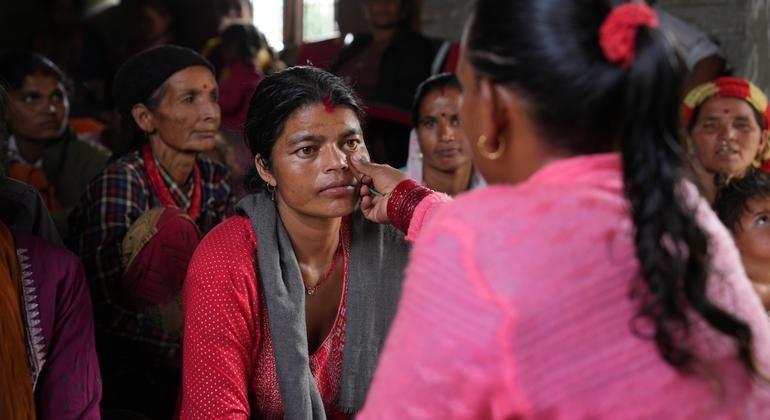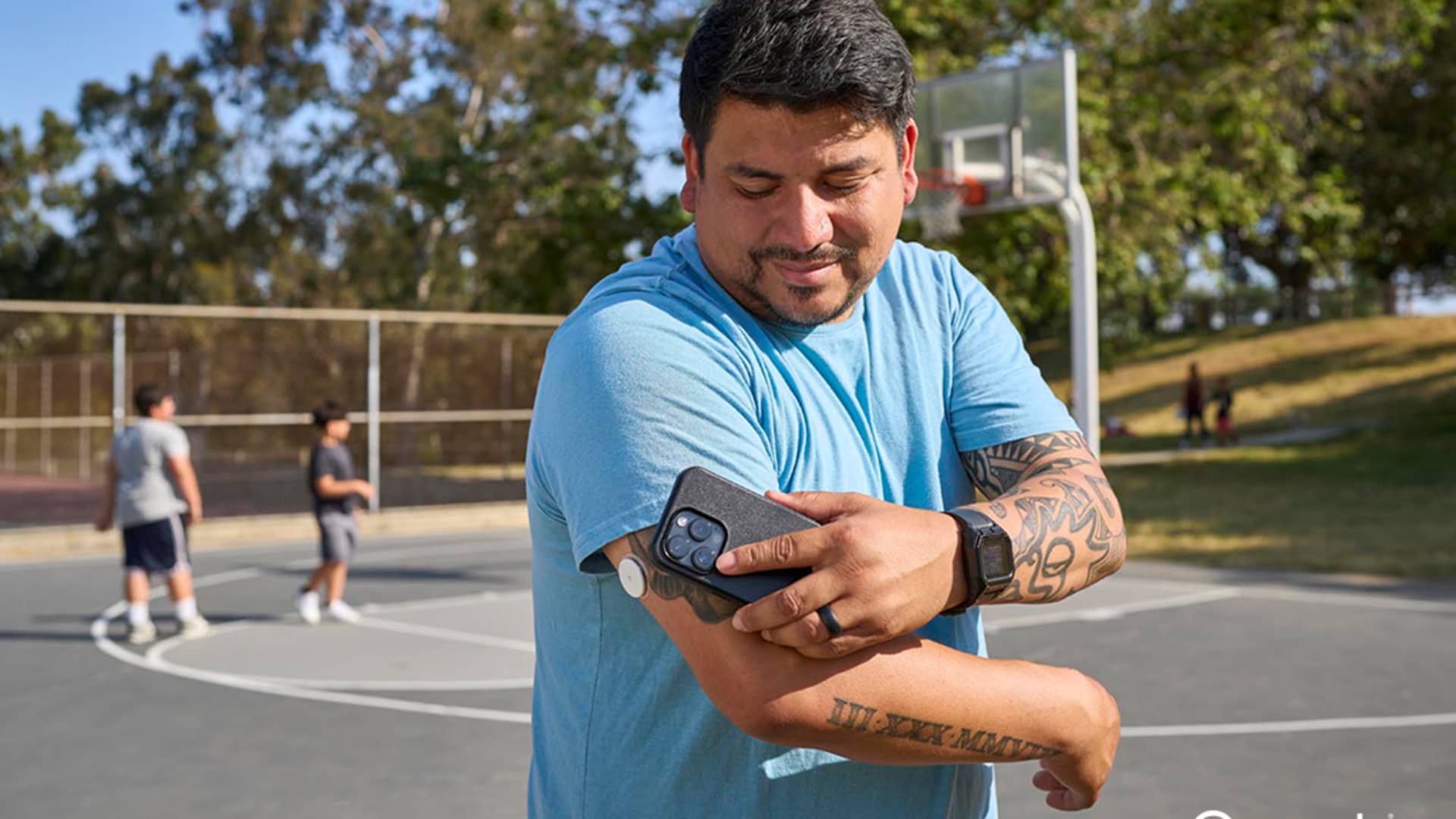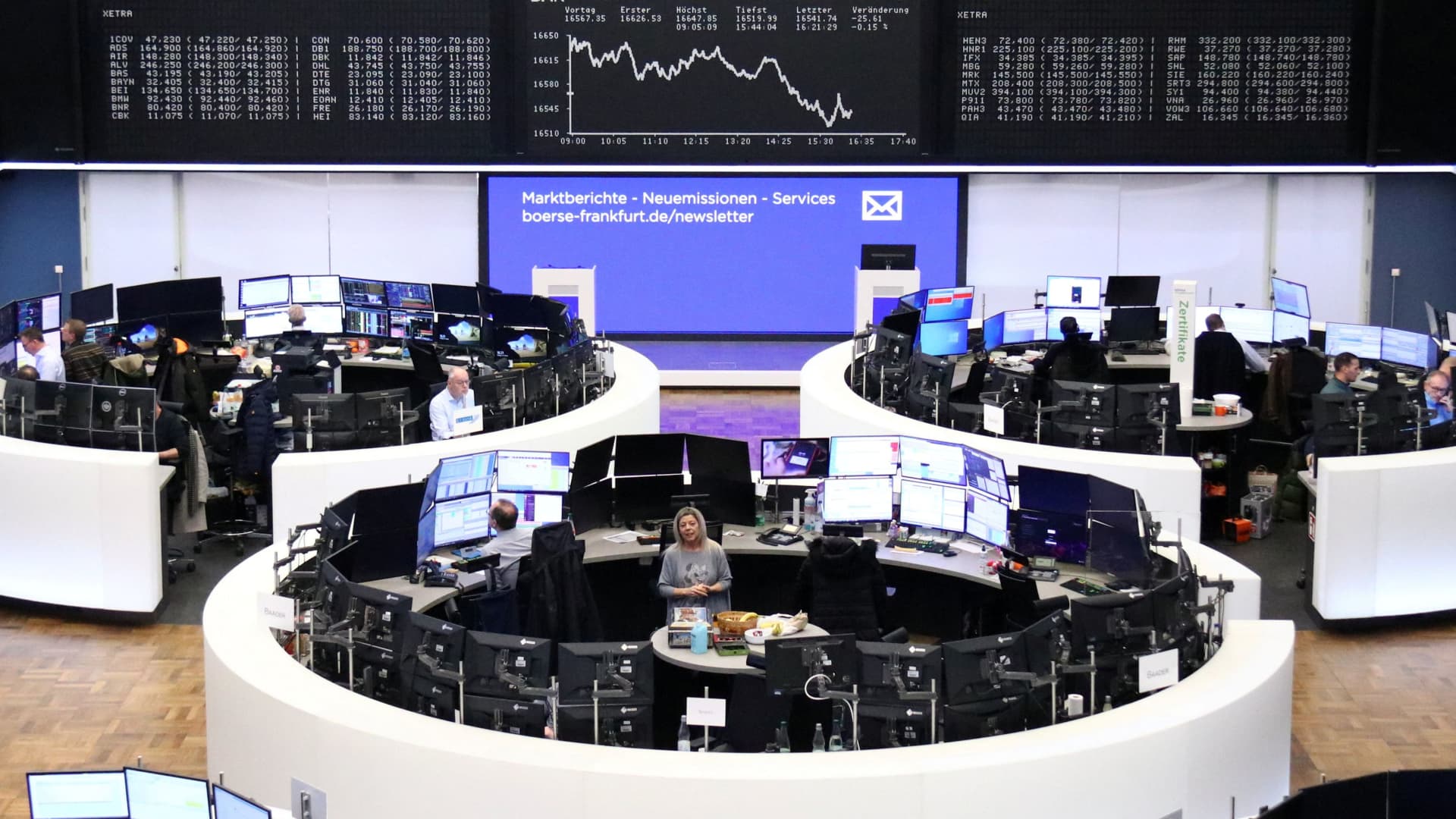The warning, jointly issued by UN agencies and the SAARC regional socioeconomic block on Wednesday, underlines the state of South Asia as the “global epicenter” of anemia between adolescents and adolescent women.
It is estimated that 259 million already suffer the condition, which harms the body's ability to transport oxygen, contributing to chronic fatigue, poor maternal results and the reduction of educational and economic participation.
“This is a clarification call for action“Said Sanjay Wijesekera, Regional Director of the UN Children's Fund (UNICEF), which together with the UN World Health Organization (WHO) and SAARC prepared the analysis.
“When half of all adolescents and women in southern Asia are anemic, it is not just a health problem, it is a sign that the systems are failing them.“
A long -range but preventable condition
Anemia not only affects women and girls, but also contributes to 40% of low -weight cases of the world and affects child growth and learning, particularly in the poorest homes.
The economic toll is amazing: Anemia costs southern Asia an estimated $ 32.5 billion annually, perpetuating poverty and poor health cycles.
However, the condition is preventable and treatable. Proven solutions include supplementation with iron and folic acid, iron -rich diets and vitamins, better sanitation and control of stronger infections, and stronger maternal health services.
Experts emphasize that multisectoral collaboration is critical for sustained progress.
A nurse talks to women about nutritious foods in the Sabarkantha district of Western India, many women and girls suffer from iron deficiency.
Crucial integrated efforts
In almost all countries, progress depends on strengthening health systems, expanding nutrition programs and reaching adolescent girls and women in marginalized communities.
Sri Lanka, where 18.5 percent of women of reproductive age are anemic, are expanding their national nutritional initiative, focusing on the most affected districts.
India and Pakistan are also seeing encouraging signs. In India, high -load states are integrating iron supplementation into school and maternal attention programs. Pakistan has tested nutrition initiatives based on the community linked to reproductive health services, allowing early detection and monitoring care.
In Bangladesh, school health initiatives are reaching adolescents with fortified meals and health education, coordinated in the Ministries of Health, Education and Agriculture.
Action functions promoted by the community
The Maldives and Bután are prioritizing early prevention through child nutrition, food fortification and public awareness campaigns. Although it is smaller in the population, both are investing in surveillance of an anemia and inter ministerial collaboration.
Nepal stands out for its equitable results: since 2016, the country has reduced anemia among reproductive age women by 7 percent, with higher decreases in poorest areas. Its female community health volunteers are key, providing advice and references in remote regions and linking vulnerable homes with public services.
The Kumari Gurung man, a public health nurse in the province of Karnali, attributes the achievements to a variety of efforts promoted by the community.
“Pregnant women receive eggs, chicken and nutritious food through programs such as Sutkeri Poshan Koseli (Nutritional gift for new mothers), “he said.” Cash subsidies also help with transportation to hospitals, supporting safer births and better nutrition. “

A nurse verifies the weight of a pregnant woman and vital signs in a clinic in Galigamuwa, Sri Lanka.
Everyone has a role
Finishing anemia requires leadership and teamwork. Governments must lead, but communities, health workers, schools and families play an important role.
Stronger health systems, the best data and coordinated action in all sectors can help girls and women achieve their maximum potential: build healthier communities and stronger economies.
“Young people and mothers are in the heart of the development goals of southern Asia. Ensuring that they are healthy, nourished and empowered is not just a moral imperative, it is a strategic investment in the future of our societies,“Said Md. Golam Sarwar, Secretary General of Saarc.












